Clients who have experienced a fracture of the finger or hand often find it difficult to participate in meaningful occupations. Everyday tasks from grasping items, cutting food, taking lids off containers, turning keys, and many others can be very painful. Pinky fracture is particularly challenging and painful. This is typical because the largest contributor to our “power grasp” comes from our hand’s ulnar side, which includes the small finger. Many clients’ goal with this type of injury is to regain their hand function for grasping items and the use of the “power grasp.”
There are many ways to treat small finger fractures as we help clients regain function and use of the injured digit. Some of the most common treatments include short arc pain-free range of motion and low load prolonged stretching. Additionally, we have a few other ways to target the mobility and strength of the small finger directly:
Some of our Favorites
Caliper and sponge cube grasp can help address whole hand grasp and promote power grasp from the hand’s ulnar side. This strength-based activity can be graded up or down based on where the spring is placed between the calipers.
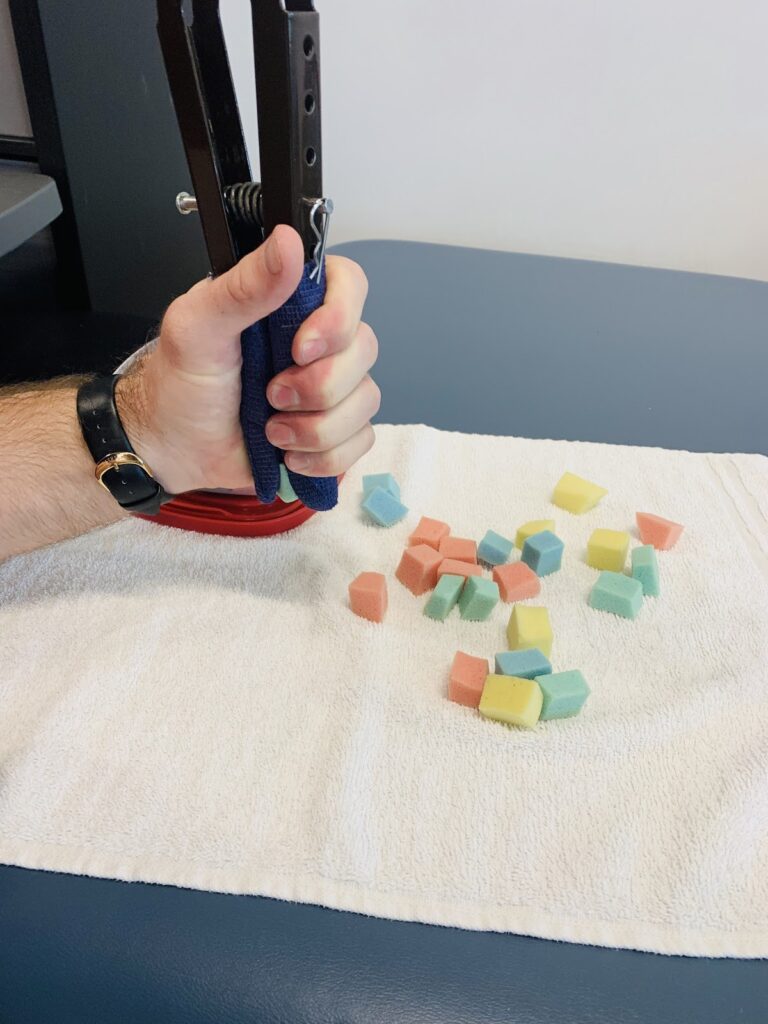
Small finger cone stacking can be used for small finger range of motion specifically. This activity can be graded up or down by how far up or down the client is able to grasp the cone with their small finger.
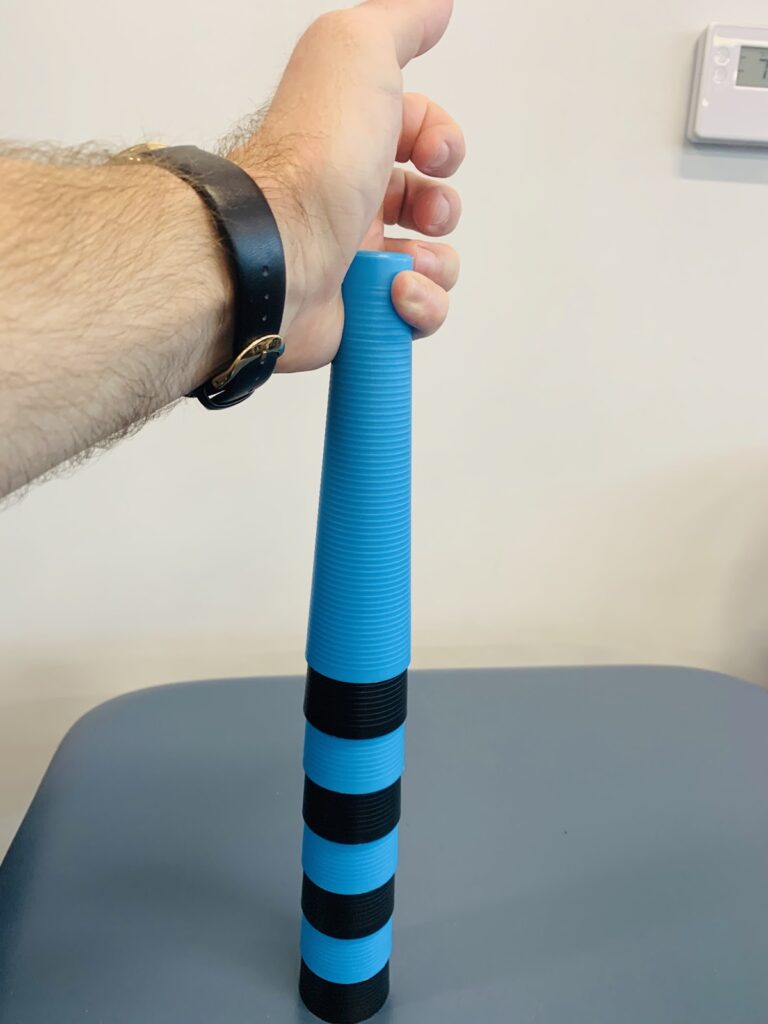
A dynamic device can be made from a piece of theraband, which Is then run through the loops of Toggle Spring Stop and can be pulled as tight or loose as needed to meet the client’s needs. This is an excellent adjunct for a client’s home exercise program to simulate a low load version of stretching.
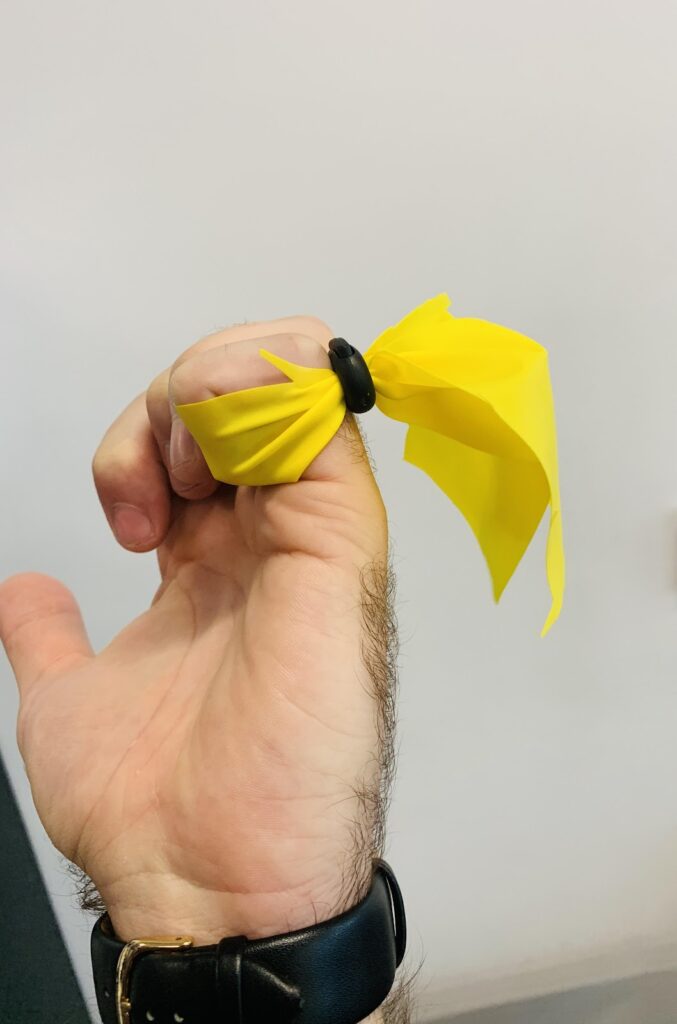
A power web can be used to strengthen the small finger. Place the small finger through the power web hole to pull and hold to create tension on the small finger’s flexors by pulling downward and isometrically firing the finger flexors. This is as much a strength-based activity as it is a pain-free range of motion. Patients are encouraged to stop just short of pain and hold their fingers flexed against the resistance for 10 seconds.
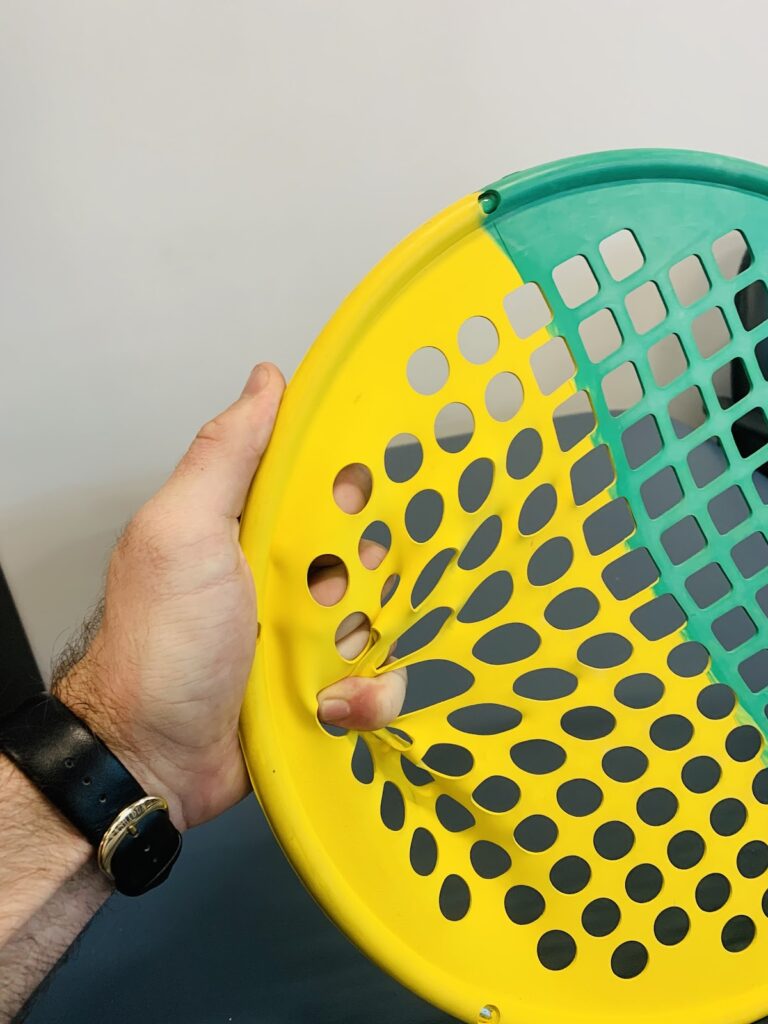
Small finger opposition coin grasp can be useful for the thumb and small finger dexterity and pain-free range of motion.

It can be tricky to find functional and purposeful ways to work on small finger mobility and therapy functions. These are some of our favorites. What are some of yours?
2 Comments
Leave a Comment
More To Read
Assessing and Improving Grip with the Squegg
Assessing and Improving Grip with the Squegg By: Megan Prather “Grip training is made fun” In hand therapy we are always looking for engaging new interventions to use with patients. The Squegg is a dynamic grip-training tool that can be used with clients both to assess grip strength and to improve strength across sessions. This…
Read MoreScar Management in Hand Therapy
Hand therapists may feel they are in a constant battle with scar tissue. It can limit ROM, cause pain, impede other structures, and leave a less than desirable appearance. Scar tissue starts forming as early as 2 weeks after an injury and can continue forming for up to 2 years. The earlier action is taken…
Read More7 Tips for your Osteo Arthritis Patients!
7 Tips for your OA Patients! Managing Osteoarthritis in the Hand Our hands are one of the most intricate structures in the human body. They are composed of a network of tendons, ligaments, and nerves that make it possible to perform daily tasks such as unlocking a door, peeling an egg, or sending an email…
Read MoreSign-up to Get Updates Straight to Your Inbox!
Sign up with us and we will send you regular blog posts on everything hand therapy, notices every time we upload new videos and tutorials, along with handout, protocols, and other useful information.



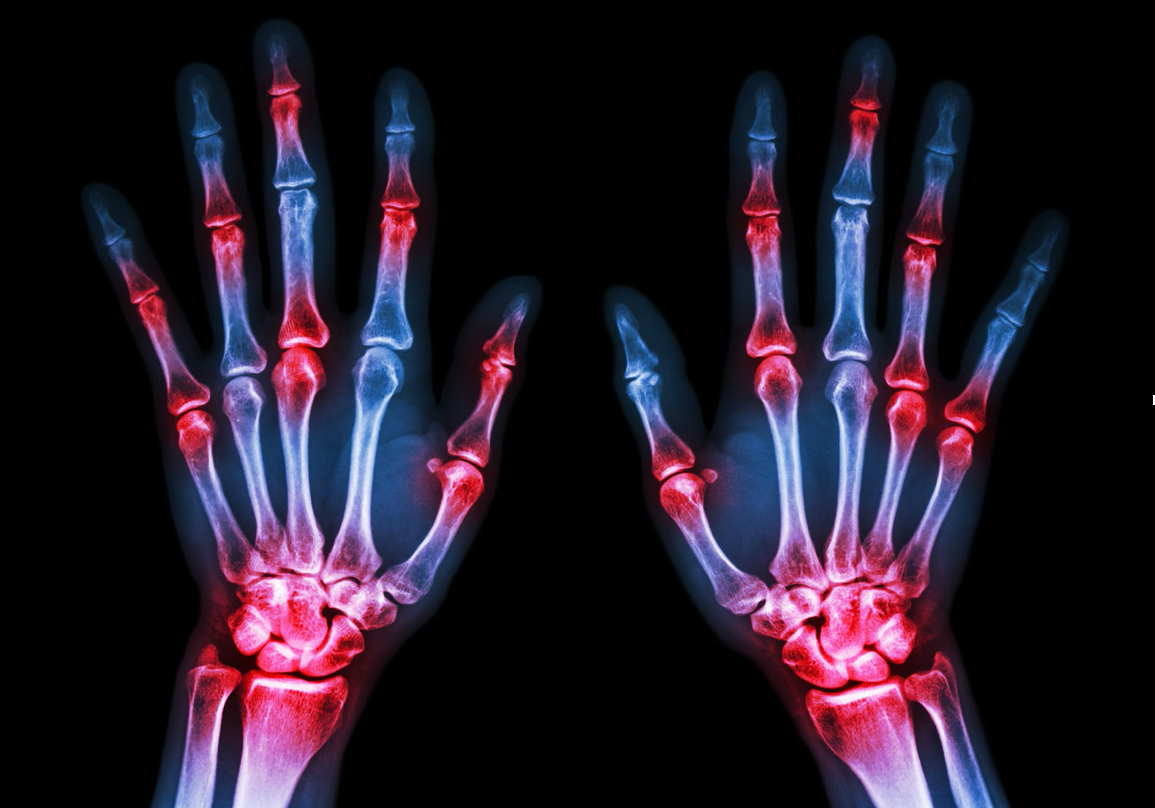

How about pajama elastic and a safety pin from the IP flexion stretching and using 9-hole peg and removing pegs by grasping with SF in hook position once they progress pass the larger diameter of the cones.
That sounds like a great exercise to try. I shall try that one since I’m looking for ways to help fix my previously fractured pinky finger. It’s difficult to bend whatsoever. 💔 I haven’t been able to get it to move well. Even at physical therapy appts. Looking for ways to practice exercises away from actual p.t appts. as well. Tyvm!